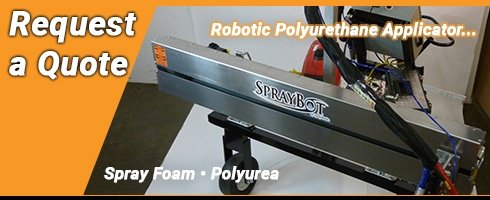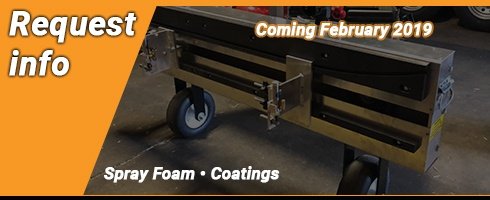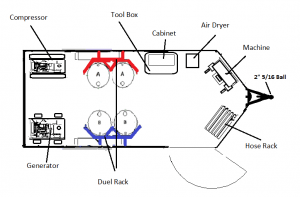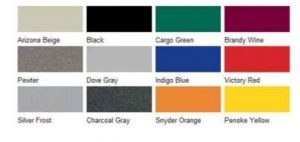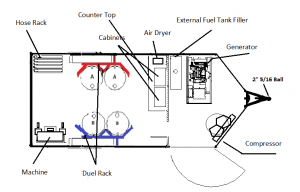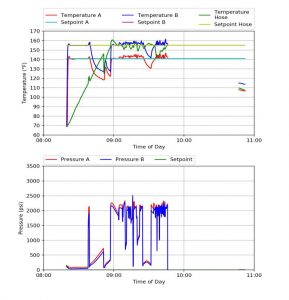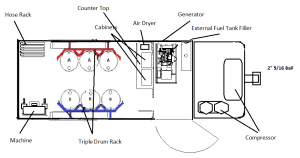FAQ’s About Spray Foam and Insulation
How many square feet does a spray foam kit cover?
Is there a waterproof spray foam?
Are 2 inches of spray foam enough?
How much does spray-on foam insulation cost?
Is spray foam really worth it?
Can I apply spray foam insulation myself?
How long does spray foam insulation off gas?
Can mold grow on spray foam insulation?
Can mice eat through foam insulation?
Is spray foam worth the money?
Spray foam insulation is an effective method of retaining heat, coolness, and even adding reinforcement. It’s also an ideal solution for protection from the elements, stabilization, pest control, and weatherproofing. With such a wide range of applications, it is not surprising that people have questions regarding deciding to use spray foam in certain situations.
To help out, we compiled some of the more common questions we have come across regarding spray foam usage and tried to answer them to the best of our ability.
How many square feet does a spray foam kit cover?
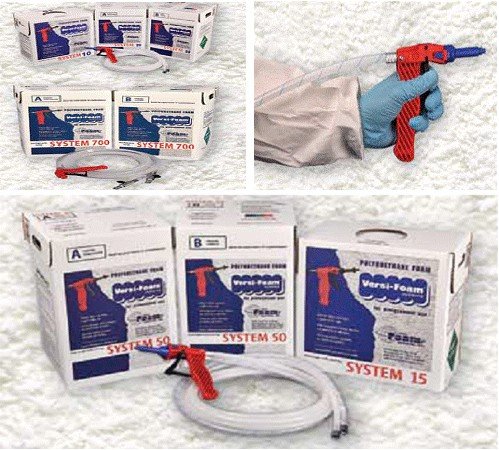
Spray foam kits are packaged in various sizes ranging from the size of an aerosol can to the size of 55 gallon drums. 1 cubic foot of liquid closed cell insulation properly mixed will expand to 35 cubic feet, expanding over 30 times its size in liquid. Open cell insulating foams can expand 130 times their size in liquid.
Is there a waterproof spray foam?
Some spray foam is waterproof, but not all. Specifically, open-cell foam is neither waterproof nor water-resistant. Closed-cell foam is actually water-resistant, but only the higher-density closed cell foams are truly waterproof.
Are 2 inches of spray foam enough?
2 inches of spray foam is enough in particular situations while using a particular type of foam, but it is not a universally accepted standard for sufficiency. When using closed-cell foam in walls, it is generally considered sufficient when 2 to 3 inches are sprayed. Open-cell foam in walls would not be sufficient with just 2 inches, requiring at least 3. Sprayed into attics, closed-cell foam is recommended to be between 4 and 5 inches, while open-cell foam ceiling and roof spraying should fall somewhere in the 6 to 10-inch range.
How much does spray-on foam insulation cost?
Spray foam insulation cost is generally broken down by square foot and varies in thickness between the various types. Generally speaking, open foam spray foam will cost between $1 and $1.50 per square foot, while closed-cell insulation runs between $2 and $3 per square foot.
Is spray foam really worth it?
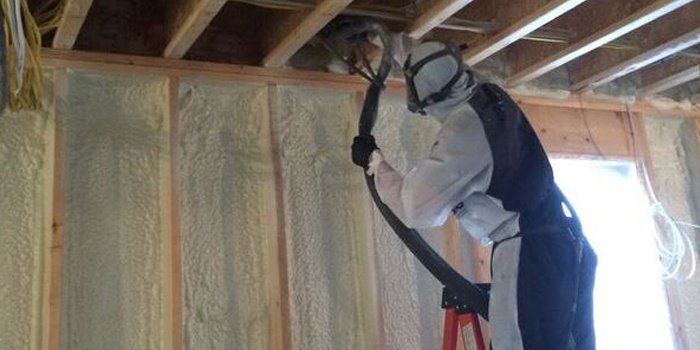
From an energy-saving perspective, there is little doubt that spray foam insulation is a big money saver. Closed-cell insulation is dense, so when applied to walls and ceiling it can serve a variety of purposes ranging from temperature retention to waterproofing, and even structure stabilization and reinforcement. Open-cell spray foam is a more affordable option, and it expands quickly, filling up the cracks and crevices quickly, though it is not vapor or water-resistant, so it is highly effective only when there is no chance of moisture seeping in. Its sealing ability also serves as a powerful barrier against insects and pests coming into the home.
Spray foam is commonly used in residences and industrial structures, and especially effective as a retrofit product in aging homes. Because spray foam is spray applied almost all substrates are suitable to receive spray foam. Caution should be taken to avoid over filling areas causing damage through the force of the expansion.
Learn about more benefits of spray foam insulation.
Can I apply spray foam insulation myself?
Spray foam kits are commonly sold for those who wish to apply spray foam themselves. The spray foam solution is made up of two chemicals (isocyanate and polyol), both of which require certain temperatures to remain stable and viable for application, with most spray kits utilizing a built-in indicator to denote when a temperature is too low.
There are a few ‘non-starter’ rules to spraying the insulation as well. It should not be applied to areas rife with moisture, or in sub 50 Fahrenheit temperatures. Because both chemicals involved are abrasive to human skin and other organs, when applying spray foam, gloves, goggles, breathing apparatuses, and full-body coverings is essential for the full safety of the applying party.
Learn how to handle spray foam barrel sets.
How long does spray foam insulation off gas?
Every manufacturer will provide an SDS (safety data sheet) along with their product. This will retain information about how long to keep the sprayed area clear. When spray foam is applied, it releases gases and fumes toxic to human consumption, so the area of application should be cleared during the spray foam process (save the party who is performing the work), and vacated for at least 24 hours after the fact to permit the toxic vapors to dissipate.
Can mold grow on spray foam insulation?
One of the primary advantages of spray foam insulation is its moisture resistance. Mold stems from high moisture levels as it needs the moisture to thrive. One of the many useful reasons for using spray foam is to mitigate mold growth. Therefore, mold will not grow on spray foam insulation. Because it reduces the effects of moisture in the areas it covers, even the covered areas experience less potential for mold growth due to decreased moisture.
Can mice eat through foam insulation?
The makeup of spray foam insulation has not been found to contain anything that appeals to mice in terms of food. Mice can dig at things and follow the path of least resistance to get inside homes, especially when it gets cold out, but a tightly sealed set of walls and attic creates a more divisive barrier that greatly reduces the chances of mice coming in. If mice are already inside when the spray foam occurs, that is a problem of a different sort. Theoretically, the mice can claw at and bite at the spray foam, though it may be detrimental to their health (which might make them stop) and it will take too much effort, leading them to potentially also abandon their cause.
Is spray foam worth the money?

Whether it is professionally applied or you do it yourself, you might be looking at a few thousand dollars’ worth of expenses for the project to occur. Knowing this information, compare it to your energy bills and estimate any repair or pest control expenses you could potentially be looking at, and add up that amount. If you can break down those investments by month, you are likely to find that with lower bills and lack of needs for most repairs associated with uninsulated walls and attic, what you spend on the spray foam insulation install will quickly be outweighed by the other expenses. Depending on the situation, this may take a different number of months for different people, but it is a safe bet that the upfront expenses will soon pay for themselves.

